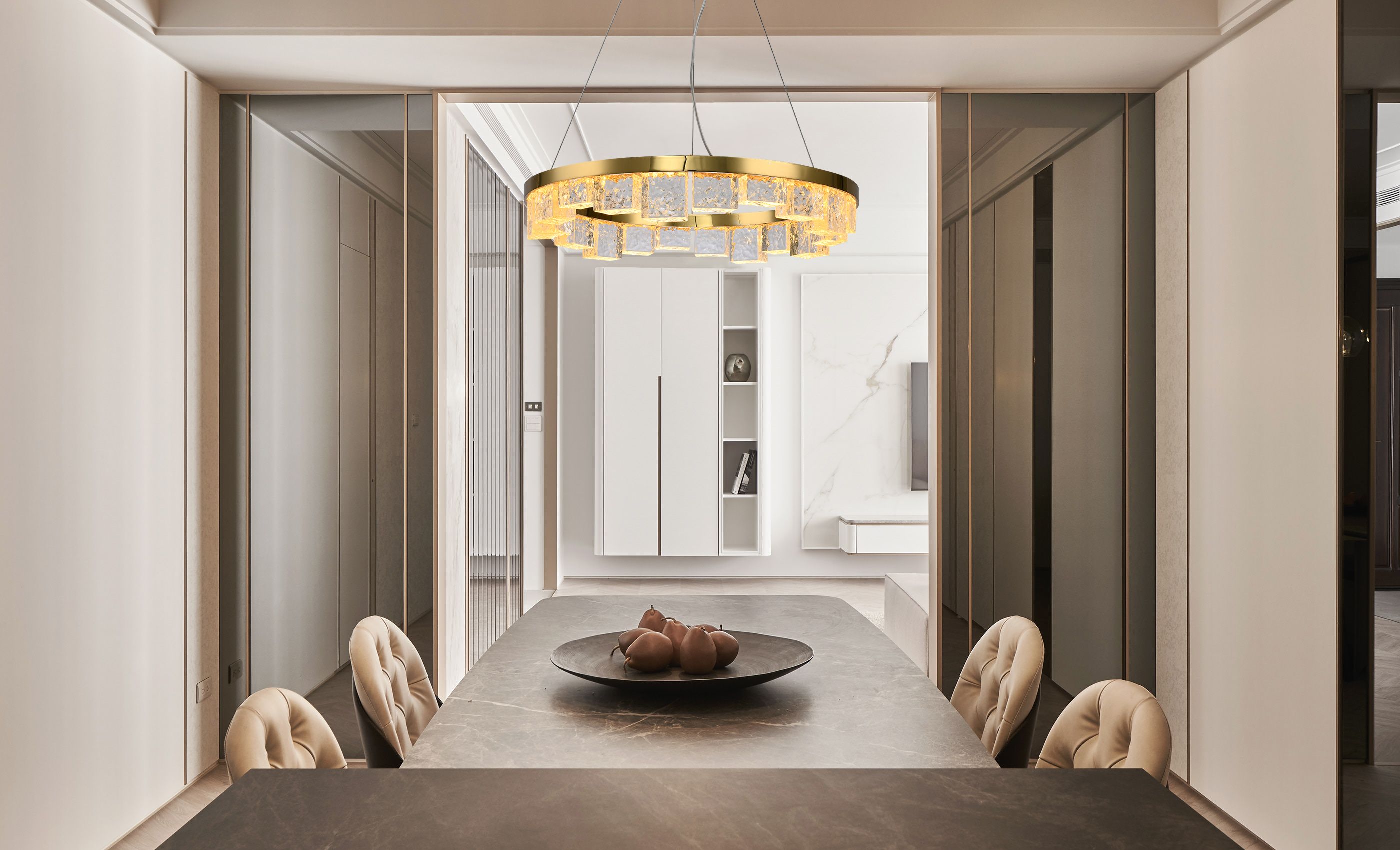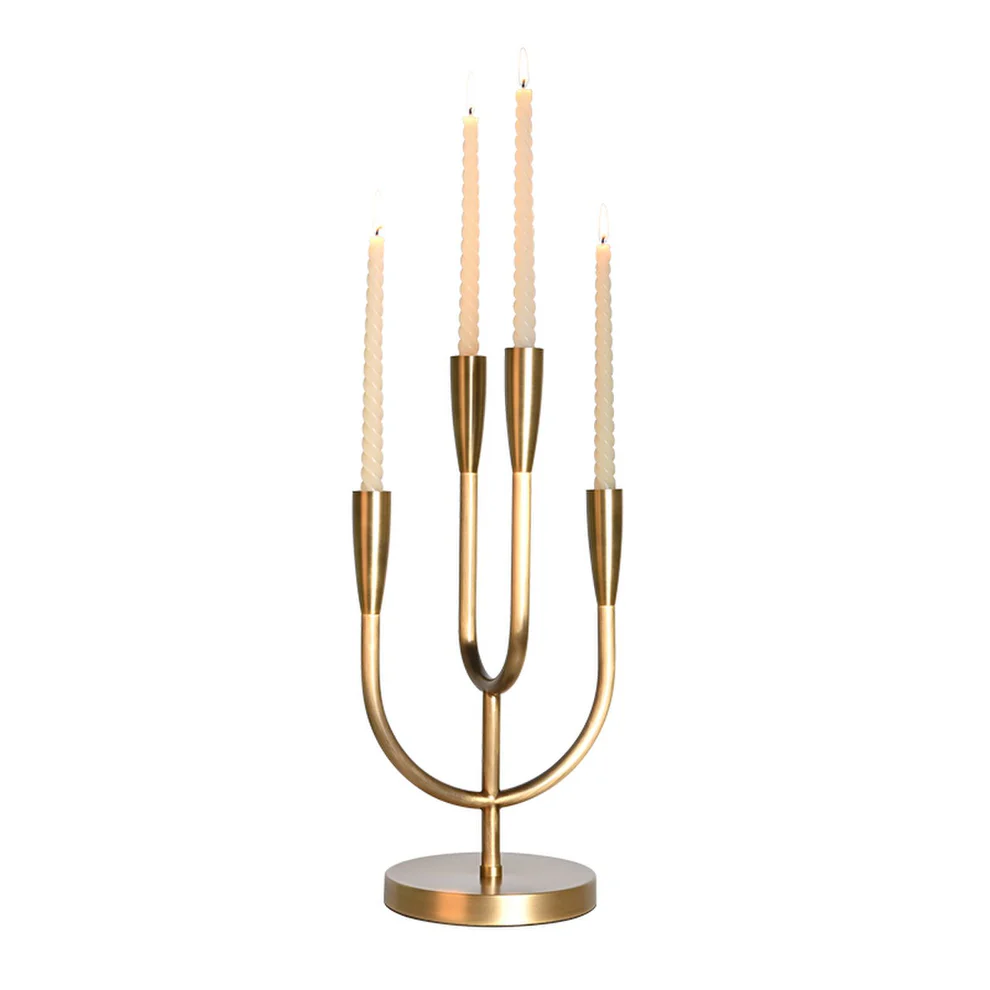Transform Your Events with Spectacular Event Lighting
Transform Your Events with Spectacular Event Lighting
When it comes to planning an unforgettable event, one of the most crucial aspects is event lighting. This element not only sets the mood but also enhances the aesthetic of the space, transforming any venue into a magical experience. In this comprehensive guide, we will explore the various facets of event lighting, including types, tips for effective implementation, and how to elevate your event to new heights. Let’s immerse ourselves in the world of luminescence!
The Importance of Event Lighting
Lighting is often overlooked in event planning, yet it plays a pivotal role in shaping the atmosphere. From weddings and corporate gatherings to concerts and exhibitions, the right lighting can:
- Enhance Ambiance: The right lighting can create a warm, inviting atmosphere or an energetic, vibrant setting depending on the event’s theme.
- Highlight Key Areas: Lighting can guide guests' attention to the most important aspects of your event, such as the main stage, bar area, or decorative elements.
- Influence Mood: Different colors and intensities can evoke various emotions, making guests feel relaxed, excited, or even nostalgic.
Types of Event Lighting
There are several types of event lighting that you can use to achieve your desired atmosphere. Here’s a closer look:
| Type of Lighting | Description |
| Ambient Lighting | Basic level of light that provides overall illumination. |
| Task Lighting | Focused light that illuminates specific areas for functional purposes. |
| Accent Lighting | Focused light to highlight specific objects, such as centerpieces or artwork. |
| Uplighting | Lighting that is directed upwards to create mood and drama. |
| String Lights | Decorative lights that can create a whimsical touch or transform outdoor spaces. |
| LED Panels | Dynamic lighting systems that can change colors and patterns, perfect for events needing versatility. |
Key Considerations for Effective Event Lighting
When planning your event lighting, keep the following considerations in mind:
1. Understand the Venue
Before selecting lighting, visit the venue and assess its features. Consider the architecture, natural light sources, and unique elements that can complement your lighting design. Remember, a large space may require more lighting than a smaller room.
2. Create a Lighting Plan
Developing a lighting plan will help outline where and how to place each type of light. Map out key areas that need emphasis and establish light levels for each segment of the space. This creates a seamless flow throughout your event.
3. Choose the Right Colors
Colors have a psychological impact. Warm colors (reds, oranges, yellows) can create a sense of warmth and intimacy, while cool colors (blues, greens) can evoke calmness. Consider your theme and the emotional response you wish to elicit from guests when selecting hues for your lighting.
4. Incorporate Technology
Integrating technology into your lighting design can elevate your event. Options like smart lighting systems can be programmed to adjust throughout the event, providing different ambiances for different segments—like cocktail hour versus dancing.
5. Hire Professionals
Unless you’re well-versed in lighting design, it may be beneficial to hire professionals who specialize in event lighting. They can provide valuable insights based on experience and ensure everything is set up correctly, allowing you to focus on your event.

Creative Lighting Ideas
To further inspire your lighting design, here are some creative ideas:
- Light Up the Dance Floor: Use colored lights or disco balls to energize the dance floor. Strobe lights can also add excitement to the atmosphere.
- Use Gobo Projections: Gobos can project patterns or visuals onto walls or floors, adding a personalized touch, such as initials or logos.
- Incorporate Natural Elements: Use lanterns, candles, or fairy lights in outdoor settings to provide soft, romantic illumination.
- Create a Lighting Focal Point: Install a stunning chandelier or illuminated artwork as a centerpiece to grab attention and draw guests in.
Real-World Examples of Successful Event Lighting
Numerous renowned events have successfully implemented effective lighting techniques:
1. Weddings
Many couples use ambient uplighting to create a warm and romantic atmosphere. Utilizing string lights overhead can provide a magical backdrop for evening receptions.
2. Corporate Events
Multinational companies often highlight their branding using colored lighting to match their logo, effectively reinforcing their corporate identity across the venue.
3. Concerts
Concerts frequently depend on dynamic lighting to enhance the performance, with changing colors and intensities that synchronize with the music, keeping audiences engaged and electrified.
Conclusion and Additional Tips
Event lighting is an indispensable element of any successful occasion. It shapes the mood, highlights important features, and creates a unique experience for your guests. As you plan your next event, keep in mind the types of lighting best suited for your venue, create a comprehensive lighting plan, and, if needed, enlist the help of professionals. Remember to always keep the emotional impact at the forefront of your lighting choices. With thoughtful implementation, your event lighting can truly transform the atmosphere and leave lasting memories for everyone involved.
So, what now? As you embark on your event planning journey, take the time to research and explore the diverse options available. Don't hesitate to experiment with different lighting designs and setups until you find the perfect fit. The right event lighting can set the tone, create a comprehensive experience, and make all the difference for your guests. Happy planning!
